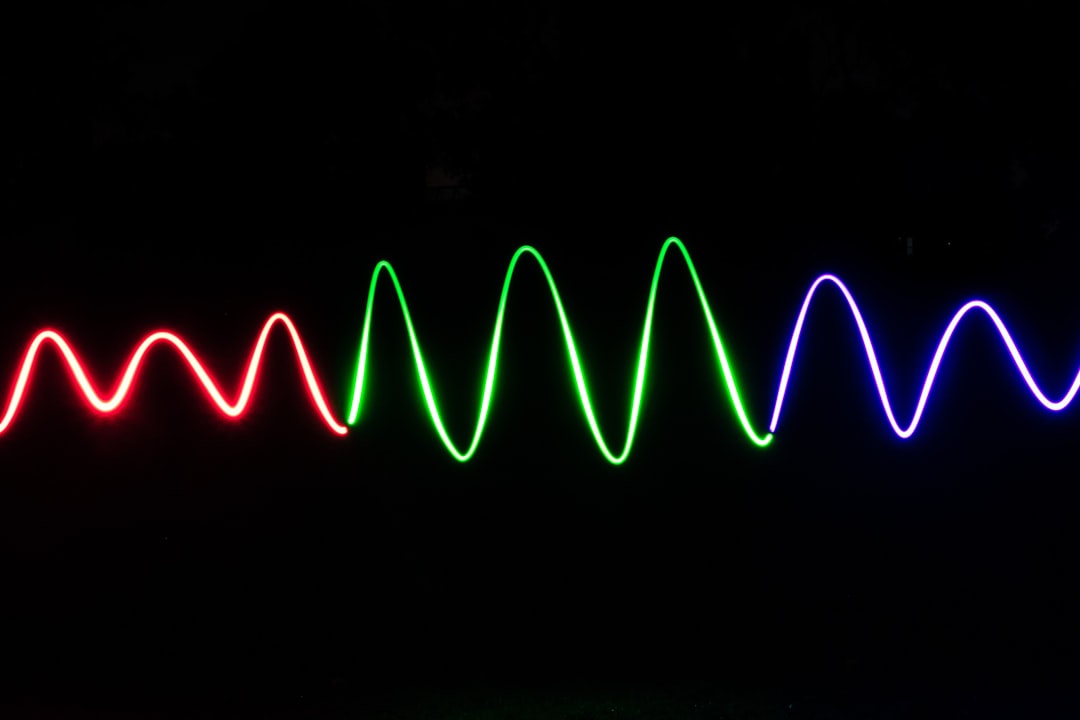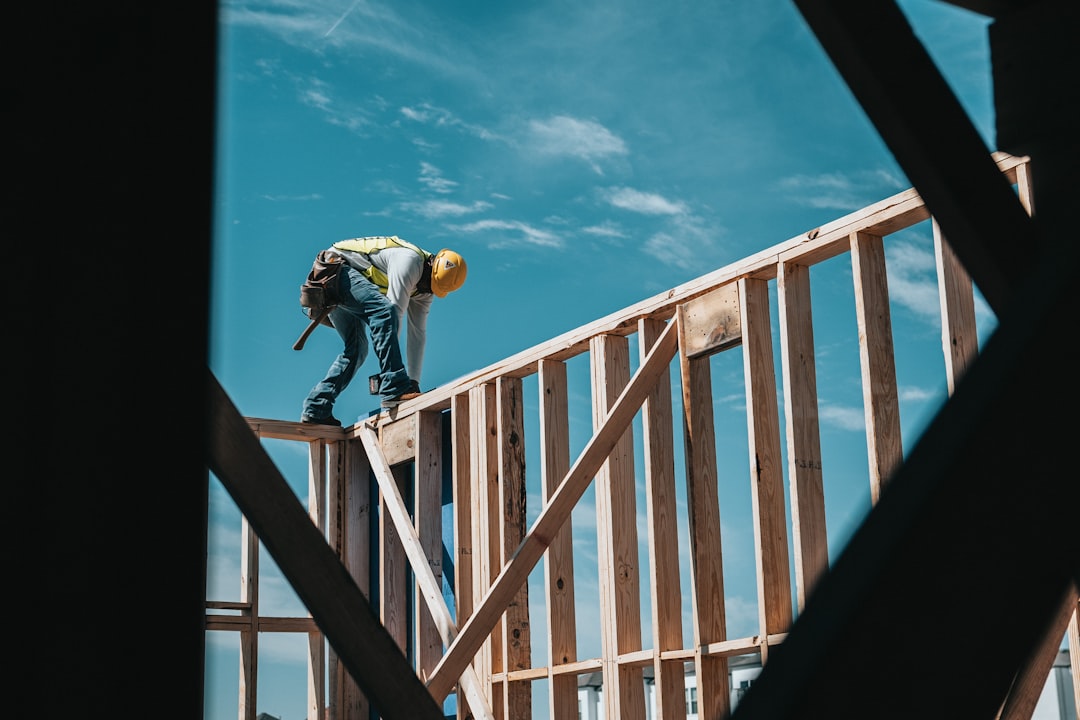What is it about?
The study is about sputtering of amorphous silicon in low temperature inductively coupled plasma (ICP) by ions of noble gases with energies below 200 eV. The results of the study presented as sputtering yields – the probability of a target atom to leave the surface per coming ion with defined kinetic energy. The research religiously investigates all possible factors impacting on the sputtering, especially real chemical composition of plasmas and ions, and ion energy and angular distributions. Moreover, atomic force microscopy (AFM) and angular x-ray photoelectron spectroscopy (XPS) were applied to insight in the surface modification under ion bombardment, which can also influence on the sputtering rates. In addition, impact of plasma's vacuum ultraviolet photons' and metastable atoms fluxes to silicon surface was estimated. The resulting yields were obtained in almost complete absence of any contaminants in both neutral particles and ions. The ion flux energy distribution function at each sputtering energy for each gas were almost mono-energetic (5±2 eV full-width-at-half-maximum), while the deviation from normal angle of incidence was no more than a few grads. It is shown that at ion energy above ∼70 eV, the “classical” kinetic sputtering mechanism prevails. In this case, the yields grow linearly and rather rapidly with ion energy, increasing with the decrease in ion mass: the closer the ion mass to the target atom mass the higher the yield. Below 70 eV, the growth of the yield on ion energy curve is strongly slow down, it looks like a sharp turn from one slope to another. However, the yields do not drop to zero even at the at 20 eV and seem to show no sputtering threshold at all, or at least the threshold is too low to identify. The obtained trends of the yield versus ion energy are discussed in light of surface modification studied by AFM and angular XPS and impact of ion neutralization, and VUV-photons and metastable atoms fluxes.
Featured Image

Photo by Melanie Magdalena on Unsplash
Why is it important?
Application of atomic layer processes in microelectronic manufacturing require limiting any possible damage to a treated material within several atomic layers (ideally only one), and ions are often used in such processes, for example, in atomic layer etching for removal of modified top layer of the material. Since binding energies of modified top layer of the material and unmodified bulk vary from one another to a few dozens of eV, and electron free path length strongly depends on ion energy, it is necessary to apply low energetic ions to reach the requirement. It turned out, there is almost no reliable data on ion sputtering at ion energies below 100 eV, even for such an important material for microelectronic applications as silicon. Moreover, none of the existent studies have been made in plasma, yet, in the plasma case, the study of sputtering takes place under conditions as close as possible to real plasma technological processes. Therefore, this study provides significant data for future application.
Perspectives
We believe, that this study will have positive impact on future investigations and applications of plasma enhanced atomic layer processes.
Daniil Shibanov
Moskovskij gosudarstvennyj universitet imeni M V Lomonosova
Read the Original
This page is a summary of: Sputtering of amorphous Si by low-energy Ar+, Kr+, and Xe+ ions, Journal of Applied Physics, August 2023, American Institute of Physics,
DOI: 10.1063/5.0160531.
You can read the full text:
Contributors
The following have contributed to this page










